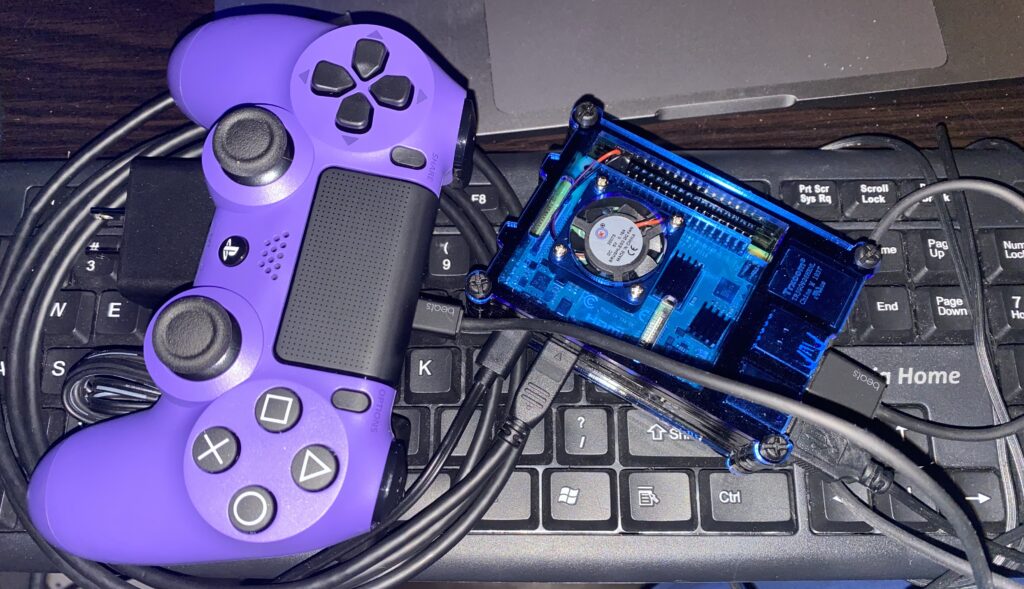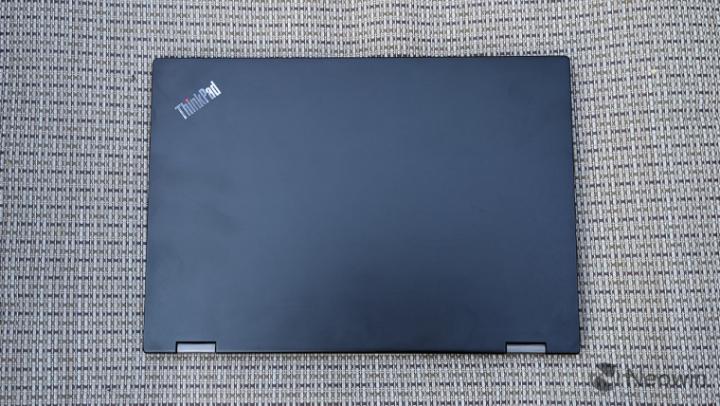

GND connects to the Raspberry Pi’s ground. Vin connects to the Raspberry Pi’s 3V pin. Here’s from Adafruit’s page specific to our ST7789 driven LCD display: (Editors Note – If you compare this to Adafruit’s wiring page, you may notice I swapped my RST and D/C pins – Adafruit uses 24/25 and I’m using 25/24 – It’s fine as long as you’re consistent with your physical pins and the command line options you’ll use later. We have a choice on the D/C pin, we went with a loose default of GPIO 25 on the Pi. We have a choice on the LCD’s reset pin, we went with a loose default of 24 on the Pi. We’re using the Raspi’s SPI0 mode, so that some of the LCD pins need to wire up to specific Raspberry Pi Pins. I followed the basic Adafruit directions for wiring the ST7789 driven 240×240 display into my Raspberry Pi. The display doesn’t come with header pins pre-soldered, so after remembering which end of the soldering iron is the hot end, I was able to move forward by placing the display into my breadboard: The LCD screen needed to be in a specific orientation – pins on the bottom – so they could more easily hide inside the 3D printed monitor ‘bottom’. The LCD should mirror HDMI output – I didn’t want this to be the primary display, but a mirrored display. Regardless of what display I chose – I knew I needed to have the following requirements satisfied: This becomes important later as I struggle with getting that working on the Raspberry Pi. It’s where I learned that the ST7789 chip is used to drive two different LCD displays – 240×240 and 320×240. 
HOW TO SET UP RETROPIE ON PITFT HOW TO
Image from Adafruit’s Product Page A Couple of Quests for the Chosen OneĪdafruit has a great page in terms of how to wire this up to an Arduino and Raspberry Pi located here. Even though you’d be able to make out what I was playing on the OLED display mirroring my HDMI output, with the 240×240 you can actually read a good amount of text, as well. Once I plugged in the 240×240 display and saw the Commodore 64 Ready screen, I was sold. To that end, I’d try both with the Raspberry Pi and compare. The other, and my ultimate winner – the Adafruit 1.3″ 240×240 Wide Angle TFT LCD Display with MicroSD – ST7789 at least got me closer with 240×240, though it was a touch larger. I was also concerned with resolution, as it supports 96×64, a far cry from the Commodore 64’s 320×200.

At about 1/12 scale this would have worked out nicely, though it felt a little ‘wide screen’ compared to the monitors I knew of my youth. The OLED Breakout Board – 16-bit Color 0.96″ w/microSD holder was a contender.







 0 kommentar(er)
0 kommentar(er)
